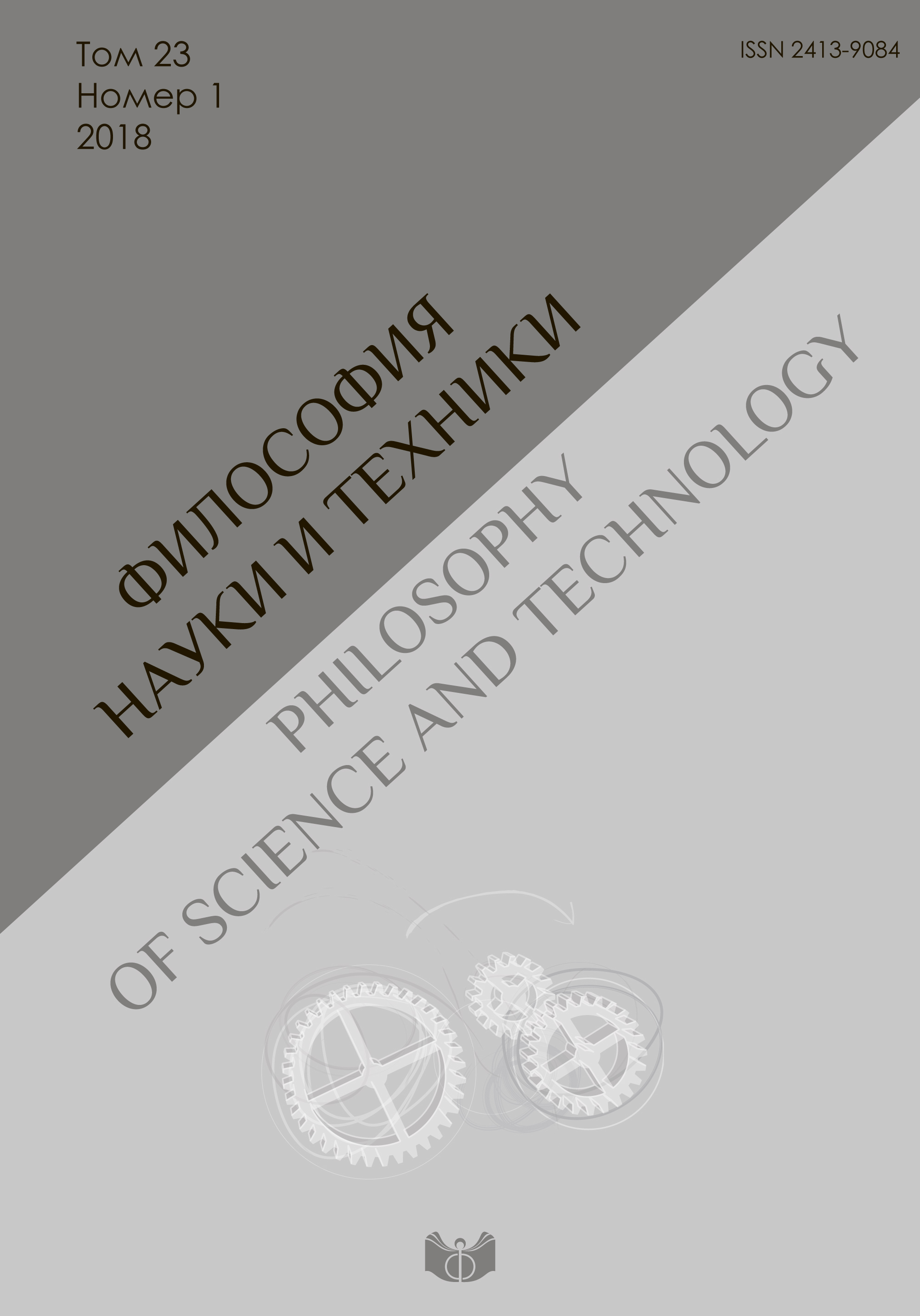Супрамолекулярная и нанохимия: философско-методологический анализ
DOI:
https://doi.org/10.21146/2413-9084-2018-23-1-79-87Ключевые слова:
конвергенция наук и технологий, НБИКС-процессы, взаимодействие наук, супрамолекулярная химия, нанохимия, молекулярное распознавание и транспортные процессы, размерные эффекты, предмет и история естествознания, философия и методология наукиАннотация
Традиционная химия занималась и занимается преимущественно планированием и реализацией синтеза соединений на макроскопическом уровне видения объекта. Предмет химии и смежных областей существенно расширился с возникновением и последующим развитием супрамолекулярной химии и нанохимии. Нанонаука – целенаправленная познавательная деятельность, вырабатывающая системное знание о размерных явлениях, связанных с вещественными образованиями от единиц до сотен нанометров: об их структуре, методах изучения и управления, способах получения и практического применения. Особенность нанонауки, в частности нанохимии, заключается в создании методов исследования, управления и/или манипуляции веществом вплоть до единичных атомов и молекул. Супрамолекулярная химия − это химия мультимолекулярных, или полимолекулярных, устойчивых образований, создаваемых на основе мультицентровых нековалентных взаимодействий. Супрамолекулярная химия и нанохимия – результат раскрытия новой области химии и смежных наук в процессах взаимосвязей научно-технологического знания. Ситуация в химии на рубеже XX–XXI вв., характерная черта которой – размерные эффекты наноуровня, подобна ситуации рубежа XIX–XX вв., когда зародилась квантовая механика, также характеризующаяся исследованием размерных эффектов. Супрамолекулярная химия и нанохимия расширяют знание о пределах познания мира и разнообразии вещественных структур. Названные реалии развития естествознания и технологии открыли новые горизонты для разнообразных направлений историко-научных и философско-методологических исследований в области конвергенции наук, технологий и мультифакторных Нано-Био-Информационно-Когнитивно-Социогуманитарных (НБИКС) процессов в целом. В итоге в наше время произошло углубление научной и/или философской проблемы «силы слабых», а также расширение знаний о селективных действиях и распознавании при взаимодействии систем различной природы и различного уровня организации. Все это своеобразно формулируется и переосмысливается для систем неорганического, органического и социального миров, что приводит к новой постановке вопроса о конечности и бесконечности вещественного разнообразия мира в контексте новых данных современного естествознания.









 Институт философии РАН
Институт философии РАН